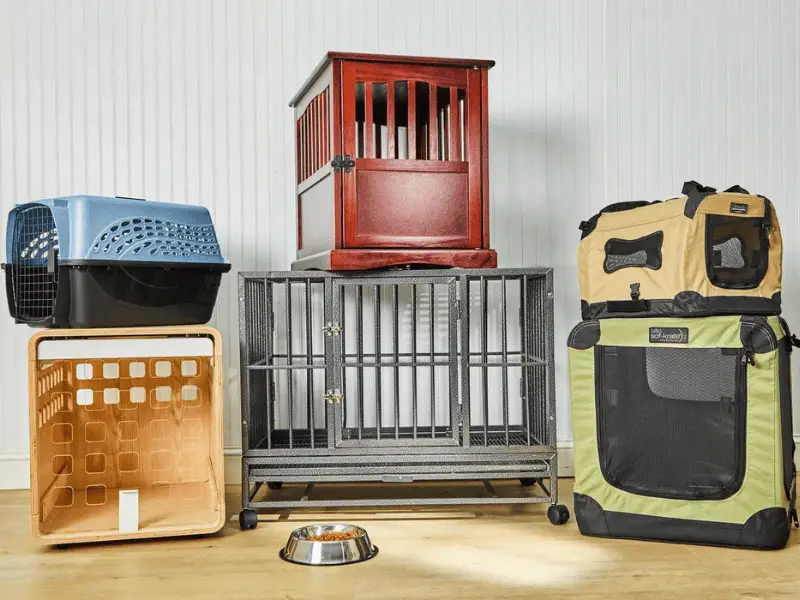Are you a large dog lover? Because if you are, you need to realize that with big dogs also comes big responsibility. The fact is that many people often fail to take into account all the extra effort, care, and work that is needed to keep a big dog happy and healthy.

Whether it’s feeding habits, grooming techniques, or even exercise and training, there are several things you have to keep in mind that will require a considerable amount of effort to maintain.
So, we decided to help you better understand what your getting yourself into.
3 Things You Need to Know About Taking Care of Your Big Dog
#1. Feeding Habits
When it comes to feeding big dogs breeds, there’s a lot more that you need to consider besides just finances. This is because a big dog breed puppy will usually keep increasing in size as the months go by.
As a result, a healthy and nutritious diet is crucial for them to grow well and without any physical conditions or illnesses.
For example, they require a diet plan with all the correct levels of protein and calcium to aid in good growth. On the other hand, you also have to make sure that they aren’t consuming too many calories at once. Big dogs tend to grow at a much slower pace than smaller breeds.
But, the risk of them going overweight and suffering from physical conditions like joint problems and loss of bone density is more prevalent with them than with other dog sizes.
So, you should always reach out to your veterinarian to figure out the best diet plan that will suit each stage of their growth.
#2. Exercise and Physical Activity
Most large dog breeds are often very energetic because most of these breeds used to be working dogs that helped in herding, hunting, guarding, etc.
As such, you need to invest a good amount of time each day to ensure that they get the sufficient amount of physical exertion they need to stay fit and active.
You can also try getting them involved in sporting activities or taking them out to courses to help them learn new tricks.
You should also purchase some toys for them to keep them distracted while they are indoors. This will also help keep them mentally stimulated, which should prevent them from messing around with your furniture out of boredom.
#3. Proper Grooming Habits
This is a crucial part of dog care, and it applies to all dog sizes, be it big, medium, or small. After all, proper bathing, grooming, and hair care are all essential parts of good daily care.
The only thing is that when dealing with larger breeds, the process can sometimes be more challenging.
For example, some large dog breeds like Golden Retrievers are double-coated. This means that there will be more fur to groom, which can get tricky as you get the soap in and try to rinse it all out properly.
If you find that this is a big problem for you, you can always dilute the dog shampoo with water. This should help make it more manageable while rinsing.
You may also need to use a blow dryer to help dry off a large amount of fur. Also, take care to brush their coats every few days, as many big dogs have coats that tend to get tangled or knotted frequently.
Alternatively, you can always make use of a professional grooming service to help make the job a little easier for you.
They also usually offer an extensive array of other services like nail trimming, massages, etc. So, if you can afford it, you should schedule 1-2 monthly appointments to keep them looking fresh and feeling great.
ALSO READ:


